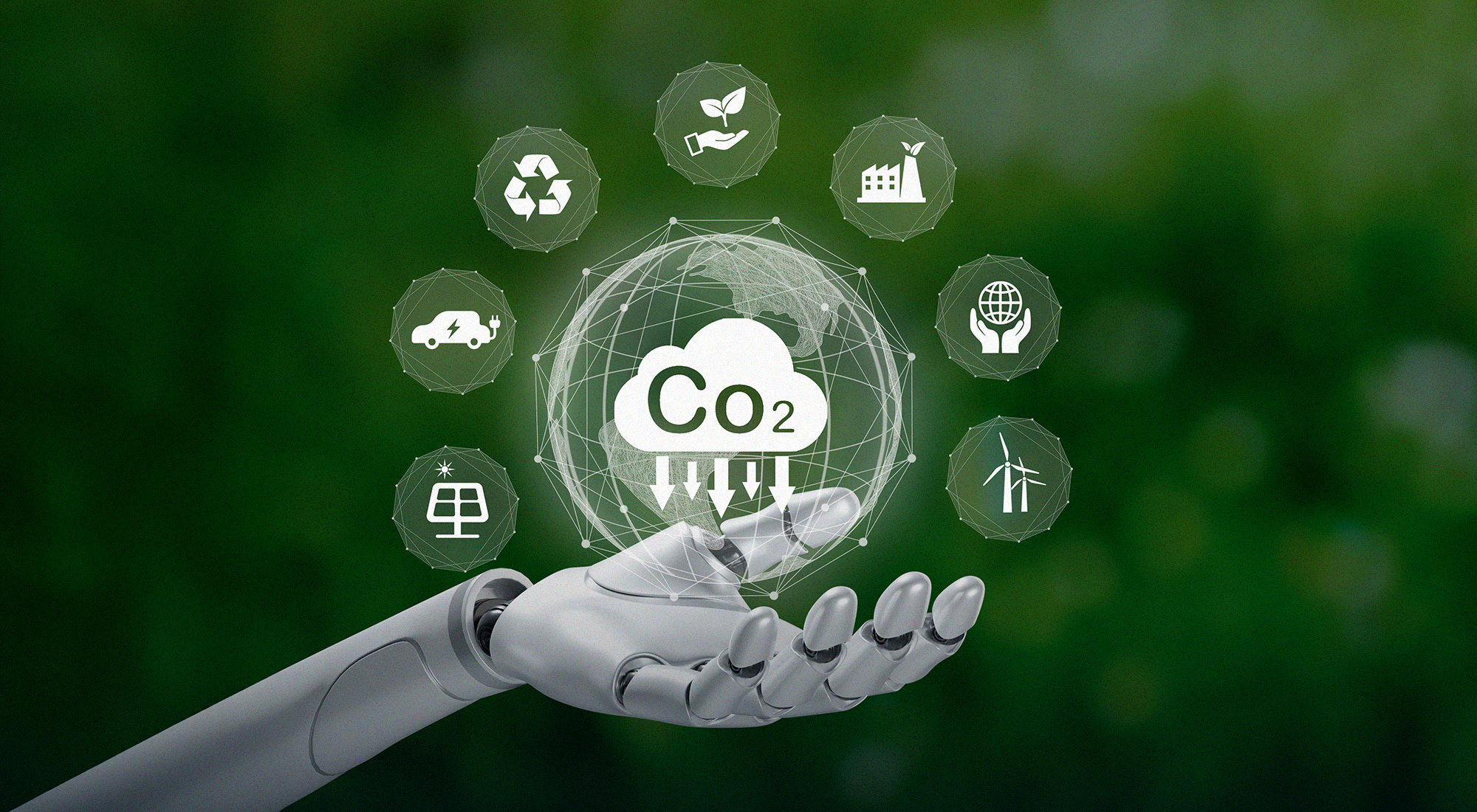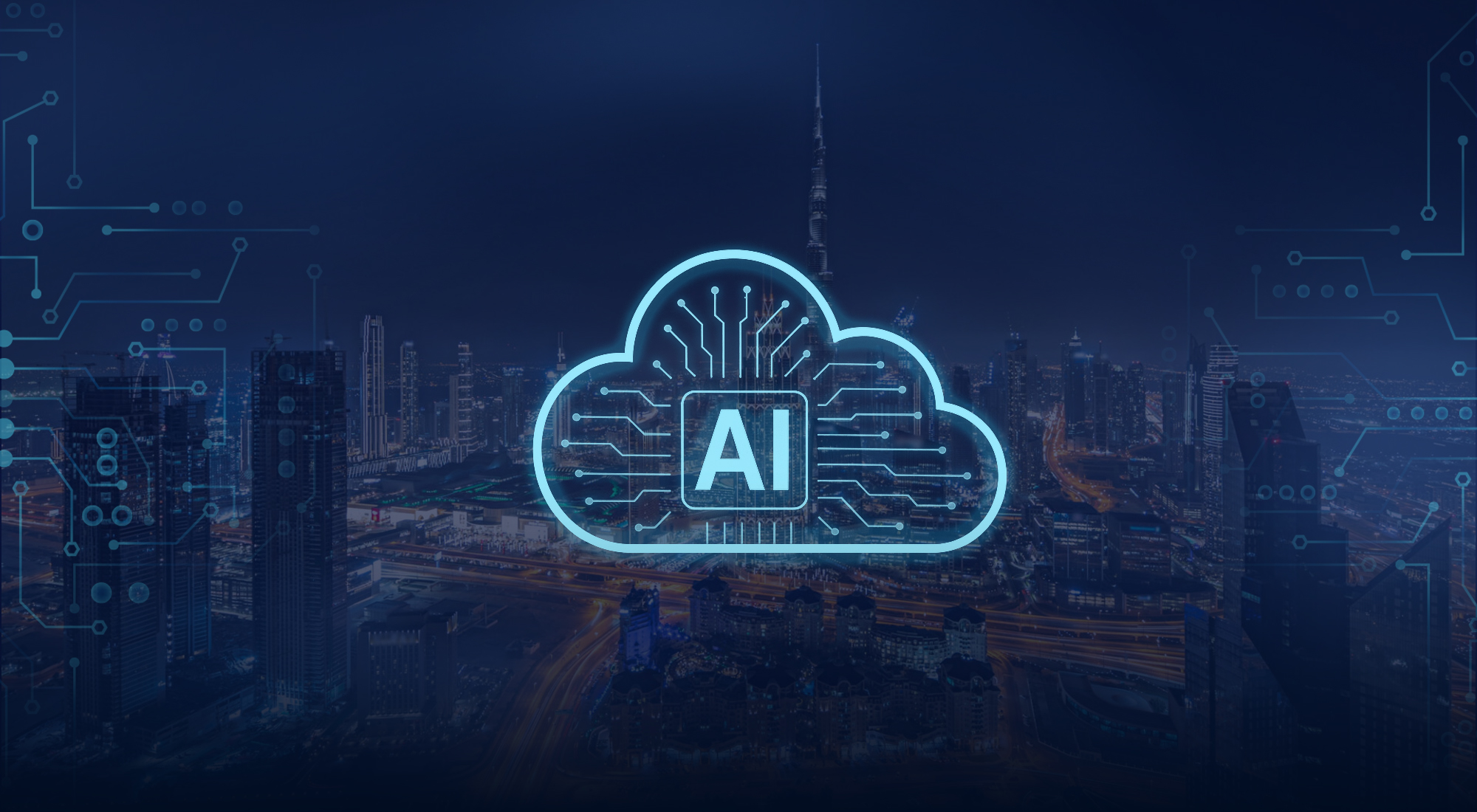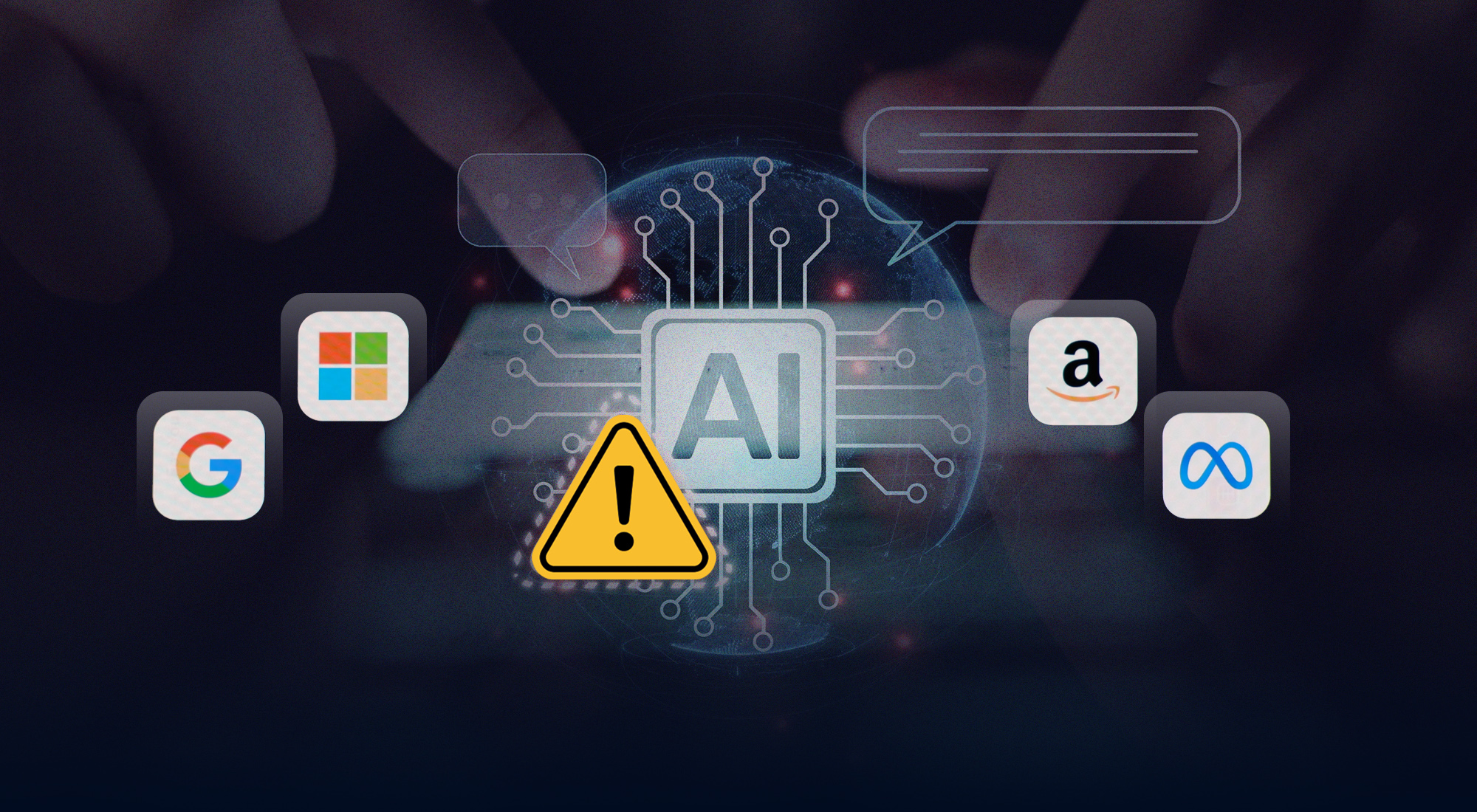The escalating urgency of climate change has necessitated innovative approaches to reducing carbon emissions and transitioning to renewable energy sources, prompting a surge in the application of artificial intelligence (AI) within the climate tech sector. As global temperatures continue to rise and extreme weather events become increasingly more frequent, the need for effective carbon management strategies has never been more critical. AI technologies are emerging as powerful tools in this fight against climate change, offering capabilities that enhance the monitoring and prediction of carbon emissions with unprecedented accuracy. Through machine learning (ML) and data analytics, AI can process vast datasets that are otherwise too complex for traditional methods, providing timely insights that enable both companies and policymakers to make data-driven decisions aimed at minimizing environmental impact.
Major tech companies are at the forefront of this transformation, investing heavily in AI-driven sustainability solutions that not only track and manage emissions but also optimize the efficiency of renewable energy systems. These investments reflect a broader trend in the tech industry, where digital innovation is increasingly aligned with climate goals. AI algorithms can analyze vast amounts of data to identify patterns in energy consumption and emissions, allowing for real-time adjustments that significantly reduce carbon footprints. This adaptability has profound implications for the energy sector, where AI applications are used to maximize renewable energy usage, reduce energy waste, and stabilize power grids, ensuring more reliable and environmentally friendly energy distribution.
However, the integration of AI into existing carbon management frameworks is not without its challenges; tech companies must navigate issues such as data privacy, algorithmic bias, and the need for robust infrastructure. Moreover, as AI becomes more integral to climate tech solutions, the importance of ethical considerations and regulatory compliance has grown, requiring companies to approach AI deployment with a sense of responsibility. This insight will explore the multifaceted applications of AI in reducing carbon emissions, highlighting successful case studies and the investments made by leading tech companies while also addressing the hurdles they face in implementing these advanced solutions. By delving into the intersection of AI and climate tech, this article aims to shed light on the transformative potential of AI in fostering a more sustainable future, ultimately contributing to the global imperative of mitigating climate change and achieving net-zero emissions. The study also underscores the importance of collaboration among industry, government, and research institutions to overcome these challenges, enabling the continued evolution of AI technologies that can bring the world closer to a sustainable, low-carbon future.
AI Applications in Reducing Carbon Footprints
How is AI utilized in monitoring and predicting carbon emissions?
AI’s transformative role in carbon footprint management is intricately linked to its ability to provide precise and real-time measurement of carbon emissions.[1] The integration of Internet of Things (IoT) devices with AI enhances this capability, allowing for continuous and accurate monitoring of carbon footprints, which is crucial in understanding the environmental impact of various operations.[2] Moreover, AI technologies such as ML algorithms facilitate the optimization of energy usage within supply chains, contributing significantly to proactive emission reduction.[3] These advanced algorithms help in identifying key areas for emission reduction, thus empowering businesses to implement effective carbon footprint initiatives that yield benefits for both the environment and corporate sustainability.[4] Furthermore, AI algorithms gather, process, and analyze vast amounts of data related to carbon emissions, enabling organizations to uncover inefficiencies and develop targeted solutions for sustainability.[5] This comprehensive approach not only aids in reducing emissions but also enhances operational efficiency, illustrating the multifaceted benefits of leveraging AI in environmental management. As organizations become increasingly reliant on AI-driven strategies, it is imperative to ensure data quality and availability, as these factors are critical for the success of AI models in accurately monitoring and predicting carbon emissions.[6]
What are some examples of AI-driven tools used by major tech companies to manage emissions?
Major tech companies are leveraging AI-driven tools to effectively manage and reduce carbon emissions, showcasing the transformative role of AI in carbon footprint management. For instance, AI-powered optimization algorithms are being employed to analyze vast datasets and identify high-emission areas within operations, such as supply chains and energy management systems.[7] These sophisticated AI models enable businesses to precisely measure and curtail their carbon footprints by optimizing resource use and streamlining processes.[8] Furthermore, AI-driven insights are crucial in spotting inefficiencies that contribute to higher emissions, enabling companies to implement targeted interventions that align with broader environmental goals.[9] By integrating these tools, tech giants not only enhance their operational efficiency but also contribute significantly to global efforts in reducing greenhouse gas (GHG) emissions, highlighting the essential role of AI in fostering a cleaner environment.[10] As these technologies continue to evolve, ongoing innovation and commitment are necessary to maintain momentum in achieving sustainability targets.
How does AI contribute to the efficiency of renewable energy systems?
Artificial Intelligence (AI) significantly enhances the efficiency of renewable energy systems by optimizing both energy production and consumption, which are critical components of the energy lifecycle.[11] Through sophisticated algorithms and data analytics, AI can improve the predictability of energy production, enabling systems to anticipate and adjust to fluctuations in energy supply and demand more effectively.[12] This capability is crucial for managing the inherent variability of renewable energy sources such as solar and wind, which are dependent on weather conditions and time of day. Furthermore, AI’s role in optimizing resources not only boosts operational efficiency but also contributes to reducing operational costs, thereby supporting the broader objective of economic sustainability within the renewable energy sector.[13] By integrating AI into energy management systems, there is a marked improvement in grid stability, which is essential for maintaining a reliable energy supply in systems heavily reliant on renewable sources.[14] These advancements collectively accelerate the transition toward a more sustainable energy future, aligning with global environmental and economic goals.[15] As AI continues to evolve, its applications in renewable energy promise to unlock further efficiencies and innovations, ensuring these systems can meet future energy demands sustainably and reliably.
AI-Driven Sustainability Solutions by Tech Companies
What investments are major tech companies making in AI for sustainability?
Major tech companies are increasingly investing in AI to develop solutions that enhance sustainability, recognizing the critical role of human capital and infrastructure in driving these advancements.[16] These investments are not limited to traditional sectors but also extend to innovative technologies, aiming to offer sustainable solutions across various industries.[17] By prioritizing industrial sustainability, companies are channeling resources into AI-driven technologies that not only improve production processes but also accelerate the adoption of green practices.[18] This strategic focus on AI as a tool for sustainable development reflects a broader commitment to integrating technology with environmental stewardship, ultimately paving the way for more efficient and impactful sustainability outcomes.[19] As these companies continue to push the boundaries of AI applications, they contribute significantly to the global effort in achieving a balanced and sustainable future.
How are AI solutions being integrated into existing carbon management strategies?
The integration of AI solutions into existing carbon management strategies represents a pivotal advancement in the pursuit of sustainability. AI-driven technologies are essential components of contemporary strategies, enabling the enhancement and optimization of carbon management efforts across various sectors.[20] These technologies facilitate data-driven decision-making processes, which are critical in designing effective carbon reduction policies and strategies.[21] By incorporating AI into smart city programs, urban planners can significantly improve the efficiency of carbon footprint reduction initiatives, making urban environments more sustainable and resilient.[22] Furthermore, the strategic application of AI in corporate sustainability efforts demonstrates how these solutions can be tailored to address specific organizational needs while contributing to broader environmental objectives.[23] The synergy between AI and existing carbon management strategies not only enhances current practices but also sets the stage for future advancements in sustainable development, underscoring the necessity for continued research and implementation of AI techniques in this domain.[24]
What are the challenges and successes faced by tech companies in implementing AI-based solutions for carbon reduction?
The implementation of AI-based solutions for carbon reduction by tech companies encounters a multitude of challenges, primarily shaped by policy constraints and the prevailing energy crisis, particularly in regions like South Africa. Policy constraints are a significant hurdle, as they can limit the scope and flexibility of AI applications in addressing climate change.[25] These constraints often manifest in stringent regulations that require tech companies to navigate complex legal landscapes, thereby slowing down the adoption and innovation processes. Furthermore, the energy crisis in South Africa exemplifies a critical barrier, as the reliability of energy sources is fundamental to the continuous operation of AI systems.[26] The energy shortfall hampers the ability of AI solutions to function optimally, thus undermining efforts to reduce carbon footprints. Despite these challenges, successes have been noted where companies have managed to align with regulatory compliance, which serves as a critical driver for AI adoption.[27] By adhering to these regulations, tech companies can ensure a responsible supply chain, which is imperative for the successful deployment of AI in facilities management (FM) sectors focused on sustainability.[28] To effectively overcome these challenges, tech companies must advocate for more adaptive policies and invest in sustainable energy solutions to support AI infrastructure, thereby enhancing their capacity to contribute to carbon reduction goals.
Conclusion
The application of AI within the climate tech sector has proven to be a powerful enabler in the fight against climate change. By offering enhanced capabilities for monitoring, predicting, and optimizing carbon emissions, AI-driven tools have allowed major tech companies to advance their carbon management strategies and improve the efficiency of renewable energy systems. AI’s data-driven insights empower organizations to identify emission sources more accurately and forecast energy demands with greater precision, allowing for initiative-taking adjustments in energy allocation and reducing waste. Furthermore, machine learning (ML) algorithms have been instrumental in processing vast datasets, generating models that can simulate climate patterns and analyze carbon impact with remarkable accuracy. This improved modeling capability enables businesses and policymakers to make informed decisions that align with their sustainability goals.
The integration of AI has facilitated more precise and proactive approaches, aiding in the achievement of sustainability goals, and reducing carbon footprints across industries. In particular, AI has streamlined the management of renewable energy sources such as solar and wind by enabling grid operators to balance supply and demand more effectively. Real-time data analysis has allowed these systems to respond to changes in weather and energy consumption patterns, thereby maximizing energy output and reducing dependency on fossil fuels. The success of such initiatives highlights the significant role AI can play in mitigating climate impact on a larger scale.
Despite the challenges posed by policy restrictions, data privacy concerns, and infrastructure limitations, the strides made by these companies underscore the transformative potential of AI in fostering a sustainable future. Overcoming these hurdles requires a collaborative approach between industry stakeholders, policymakers, and communities to establish ethical guidelines and secure data-sharing frameworks that support AI deployment in climate tech. As these technologies evolve, they hold the promise of further innovations that can propel society closer to a low-carbon, resilient future. AI’s continuous development and expanding applications suggest a positive trajectory for the climate tech sector, reinforcing optimism for impactful contributions to climate action through advanced digital solutions.
[1] Mohammad Bhuiyan, “Carbon Footprint Measurement and Mitigation Using AI,” SSRN, March 3, 2024, papers.ssrn.com/sol3/papers.cfm?abstract_id=4746446., retrieved November 1, 2024.
[2] Ibid.
[3] Ibid.
[4] Ibid.
[5] Rong Huang and Shuai Mao, “Carbon Footprint Management in Global Supply Chains: A Data-Driven Approach Utilizing Artificial Intelligence Algorithms,” IEE Access 12 (2024), ieeexplore.ieee.org/abstract/document/10547105/., retrieved November 1, 2024.
[6] Ibid.
[7] Aqueeb Sohail Shaik, Safiya Mukhtar Alshibani, Girish Jain, Bhumika Gupta, and Ankit Mehrotra, “Artificial intelligence (AI)‐driven strategic business model innovations in small‐and medium‐sized enterprises. Insights on technological and strategic enablers for carbon neutral businesses,” Business Strategy and the Environment 33, no. 4 (May 2024): onlinelibrary.wiley.com/doi/abs/10.1002/bse.3617., retrieved November 1, 2024.
[8] Bhuiyan, “Carbon Footprint Measurement and Mitigation Using AI.”
[9] MD Rokibul Hasan, Md Zahidul Islam, Md Fakhrul Islam Sumon, Md Osiujjaman, Pravakar Debnath, and Laxmi Pant, “Integrating Artificial Intelligence and Predictive Analytics in Supply Chain Management to Minimize Carbon Footprint and Enhance Business Growth in the USA,” Journal of Business and Management Studies 6, no. 4 (2024): al-kindipublisher.com/index.php/jbms/article/view/7753., retrieved November 2, 2024.
[10] Arya, A., Bachheti, A., Bachheti, R.K., Singh, M., and Chandel, A.K., “Role of Artificial Intelligence in Minimizing Carbon Footprint: A Systematic Review of Recent Insights,” In Chandel, A.K (eds), Biorefinery Industry 4.0: Empowering Sustainability (Springer, 2024): link.springer.com/chapter/10.1007/978-3-031-51601-6_14. retrieved November 2, 2024.
[11] Qusay Hassan, Aws Zuhair Sameen, Hayder M. Salman, Ali Khudhair Al-Jiboory, and Marek Jaszczur, “The role of renewable energy and artificial intelligence towards environmental sustainability and net zero,” Research Square (2023): www.researchsquare.com/article/rs-2970234/latest., retrieved November 2, 2024.
[12] Ibid.
[13] Ibid.
[14] Ibid.
[15] Ibid.
[16] Kulkov, I., Kulkova, J., Rohrbeck, R., Menvielle, L., Kaartemo, V., and Makkonen, H., “Artificial intelligence‐driven sustainable development: Examining organizational, technical, and processing approaches to achieving global goals,” Sustainable Development 32, no. 3 (2024): onlinelibrary.wiley.com/doi/abs/10.1002/sd.2773., retrieved November 5, 2024.
[17] Margaret A. Goralski and Tay Keong Tan, “Artificial intelligence, and sustainable development,” The International Journal of Management Education 18, no. 1 (March 2020): www.sciencedirect.com/science/article/pii/S1472811719300138., retrieved November 5, 2024.
[18] Shahrukh Khan Lodhi, Ahmad Yousaf Gill, and Hafiz Khawar Hussain, “Green Innovations: Artificial Intelligence and Sustainable Materials in Production,” BULLET: Journal Multidisiplin Ilmu 3, no. 4 (2024): journal.mediapublikasi.id/index.php/bullet/article/view/4474., retrieved November 5, 2024.
[19] Constantinos Challoumis, “BUILDING A SUSTAINABLE ECONOMY-HOW AI CAN OPTIMIZE RESOURCE ALLOCATION,” XVI International Scientific Conference, conference-w.com., retrieved November 5, 2024.
[20] Jalal S. Issa, Lozan M. Abdulrahman, Rozin Majeed Abdullah, Teba Mohammed Ghazi Sami, Baraa Wasfi Salim, and Nasiba Mahdi Abdulkareem, “AI-powered Sustainability Management in Enterprise Systems based on Cloud and Web Technology: Integrating IoT Data for Environmental Impact Reduction,” Journal of Information Technology and Informatics (JITI) 3, no. 1 (2024): www.researchgate.net., retrieved November 5, 2024.
[21] Veronica Bolón-Canedo, Laura Morán-Fernández, Brais Cancela, and Amparo Alonso-Betanzos, “A review of green artificial intelligence: Towards a more sustainable future,” Neurocomputing 599 (September 2024): www.sciencedirect.com/science/article/pii/S0925231224008671., retrieved November 5, 2024.
[22] I. Nosirov, I. Yormatov, N. Yuldasheva, and F. Avulchayeva, “AI and Corporate Sustainability: Exploring the Environmental and Social Impacts of AI Integration,” International Conference on Knowledge Engineering and Communication Systems (2024): ieeexplore.ieee.org/abstract/document/10617421/., retrieved November 5, 2024.
[23] Ibid.
[24] Sivasubramanian Manikandan, Rangarajan Sindhu Kaviya, Dhamodharan Hemnath Shreeharan, Ramasamy Subbaiya et al., “Artificial intelligence‐driven sustainability: Enhancing carbon capture for sustainable development goals–A review,” Sustainable Development (2024): onlinelibrary.wiley.com/doi/abs/10.1002/sd.3222., retrieved November 6, 2024.
[25] Alireza Moghayedi, Kathy Michell, and Bankole Osita Awuzie, “Analysis of the drivers and barriers influencing artificial intelligence for tackling climate change challenges,” Emerald Insight (2024): www.emerald.com., retrieved November 6, 2024.
[26] Ibid.
[27] Ibid.
[28] Ibid.








